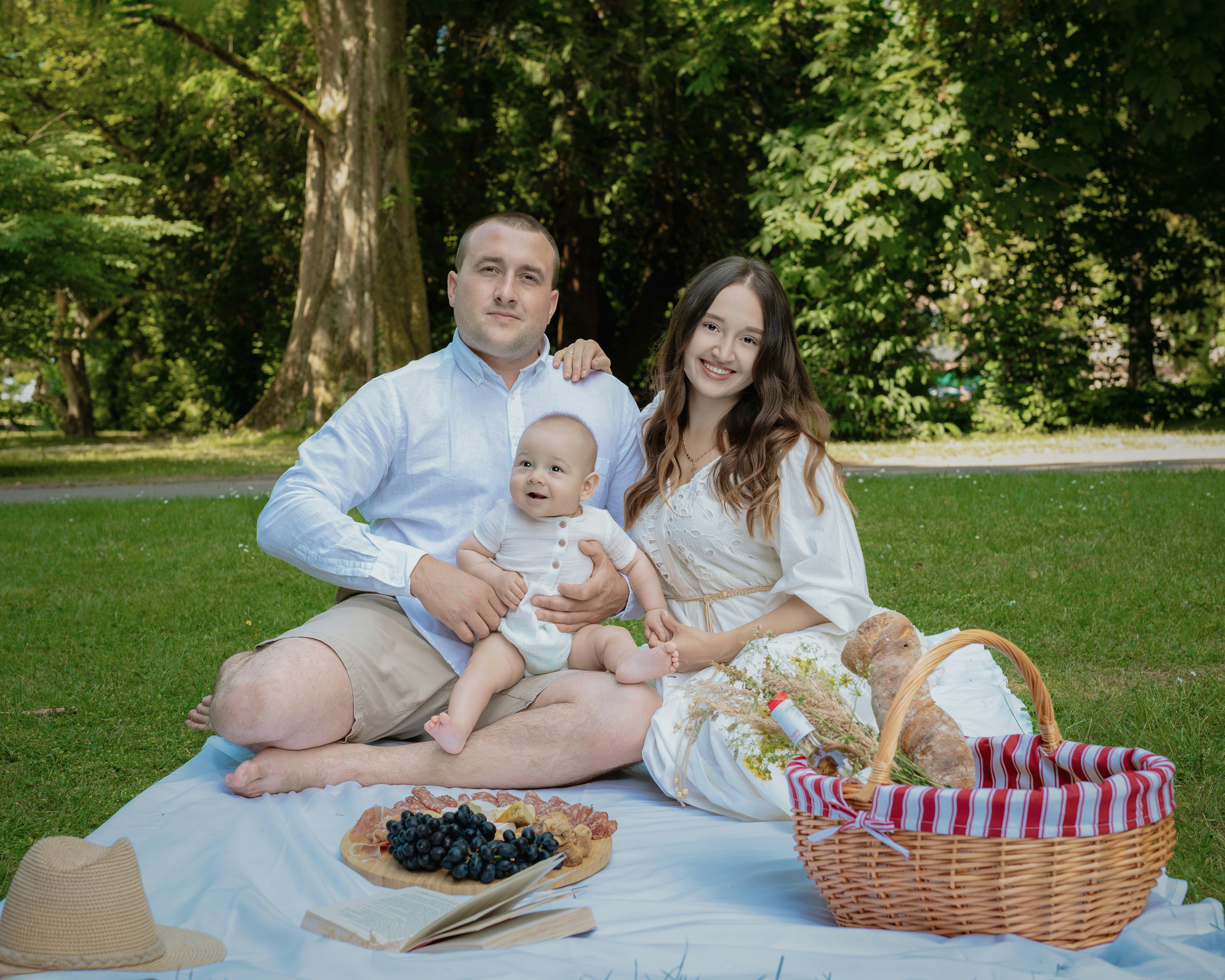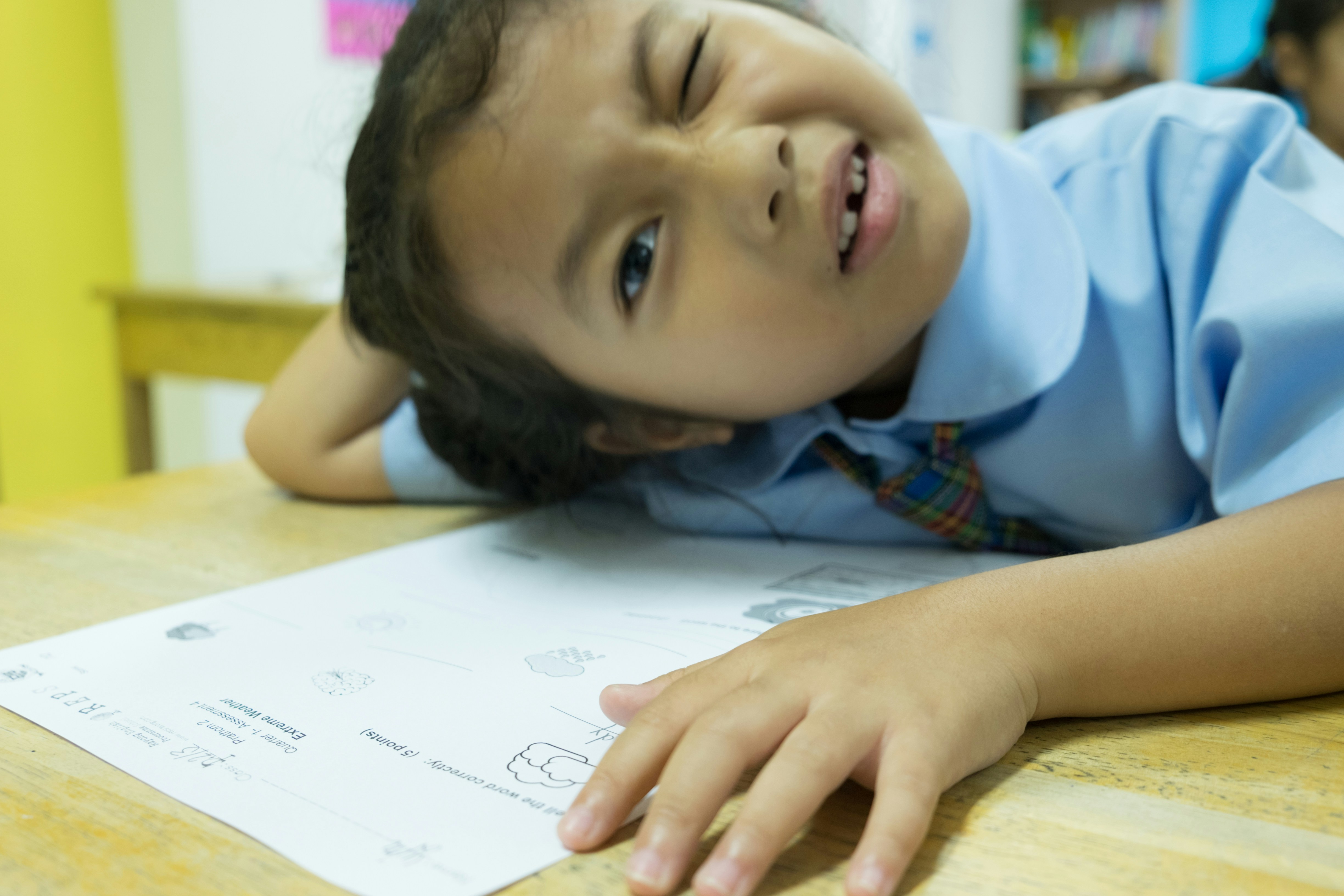How to Lead Your Home Without Yelling (The Power of Calm Leadership)
“You don’t have to yell to be heard. In fact, calmness is your greatest parenting superpower.”
Our Breaking Point: When Yelling Stopped Working
There was a time when we felt like we were constantly putting out fires—kids fighting, chores undone, bedtime battles—until we realized the real problem wasn’t just our kids’ behavior. It was our reaction to it.
We were exhausted, frustrated, and at the end of our rope. We knew something had to change, and that’s when we found Parenting A House United: Changing Children’s Hearts and Behaviors by Teaching Self-Government by Nicholeen Peck. Her step-by-step approach to parenting gave us the exact tools we needed to create a calmer home—and they worked.
The biggest game-changer? Choosing calm, confident leadership over reactive parenting.
Why Yelling Doesn’t Work
It’s easy to believe that raising our voice = gaining control. But here’s the truth:
- Yelling triggers the fight-or-flight response—kids either shut down or push back harder.
- It shifts the focus to our anger instead of their behavior.
- It makes discipline unpredictable. Kids wonder: Will Mom explode? Will Dad get mad?
As Nicholeen Peck teaches, “The moment a parent loses control, they lose their power.”
We saw this in our own home. The louder we got, the less effective we became.
That’s when we made a shift: Instead of trying to control our kids, we started governing ourselves.
The Calm Parenting Formula
Staying calm doesn’t mean being passive. It means being deliberate, confident, and consistent.
Here’s how:
✅ Keep your face, voice, and body calm. (Your energy sets the tone.)
✅ Use deliberate eye contact. (Not intimidating—just focused.)
✅ Lower your voice. (It actually makes kids listen more!)
✅ Give short, clear instructions. (Less talking = more understanding.)
Example:
🚫 “How many times do I have to tell you to pick up your shoes?!”
✅ “[Child’s name], please pick up your shoes now.” (Pause and wait.)
The key? Pause. Wait. Stay neutral.
Pre-Teaching to Avoid Battles
Before we learned Teaching Self-Government, we spent so much time reacting to bad behavior instead of teaching ahead of time.
What is Pre-Teaching?
It’s simply teaching kids what’s expected before the problem happens.
- Before church: “Here’s how we sit quietly.”
- Before dinner: “Here’s how we ask politely for seconds.”
- Before screen time: “Here’s what will happen when time is up.”
One of the best tools we used? Role-playing. We’d literally practice these situations when everyone was calm. Then, when real life happened, our kids knew exactly how to respond.
Try this: Pick one daily struggle (like bedtime or screen time) and pre-teach your kids today.
How We Stopped Consequence Battles
One of our biggest frustrations was coming up with consequences on the spot. We’d get flustered, and the kids would push back. It was exhausting.
Nicholeen’s suggestions for having 2 Levels of Consequences changed everything.
Instead of scrambling, we printed and posted our Level 1 & Level 2 Consequences so the kids knew exactly what would happen if they didn’t follow instructions.
✔ Level 1 Consequences: Quick, easy-to-complete tasks that allow kids to reset before things escalate.
✔ Level 2 Consequences: A bit more structured, ensuring kids take responsibility but without dragging it out.
The result? No more arguing. No more power struggles. The kids did their consequence, checked back in with us, and we could all move forward.
📌 Parent Tip: Print out your own Level 1 & 2 Consequences and post them somewhere visible. It keeps everyone accountable—and calm!
Staying Calm When Kids Push Your Buttons
Even with the best system, parenting still has its hard moments. When emotions run high, here’s what helps:
- Recognize your triggers. Are you tired? Overwhelmed? Hungry? Take care of yourself too.
- Use a calming phrase. (“I’m in control of my response.”)
- Step away if needed. Take a deep breath, drink some water, and reset before responding.
If a child is escalating, stay neutral. Instead of engaging in an argument, try: “We’ll talk when you’re calm.”
Remember: Your calm is their calm.
Final Thoughts: A Home Led by Calm Leadership
Parenting isn’t about control—it’s about leadership.
When we stopped yelling and started governing ourselves, our kids followed. They felt safer. They knew what to expect. And best of all? Our home became more peaceful.
✅ Start small. Pick one area to practice calm leadership this week.
✅ Use pre-teaching and role-playing.
✅ Try pre-determined consequences.
You’ve got this. And we’re right here with you.
Next Up: What to Do When Kids Test Boundaries (Without Losing Your Cool)





